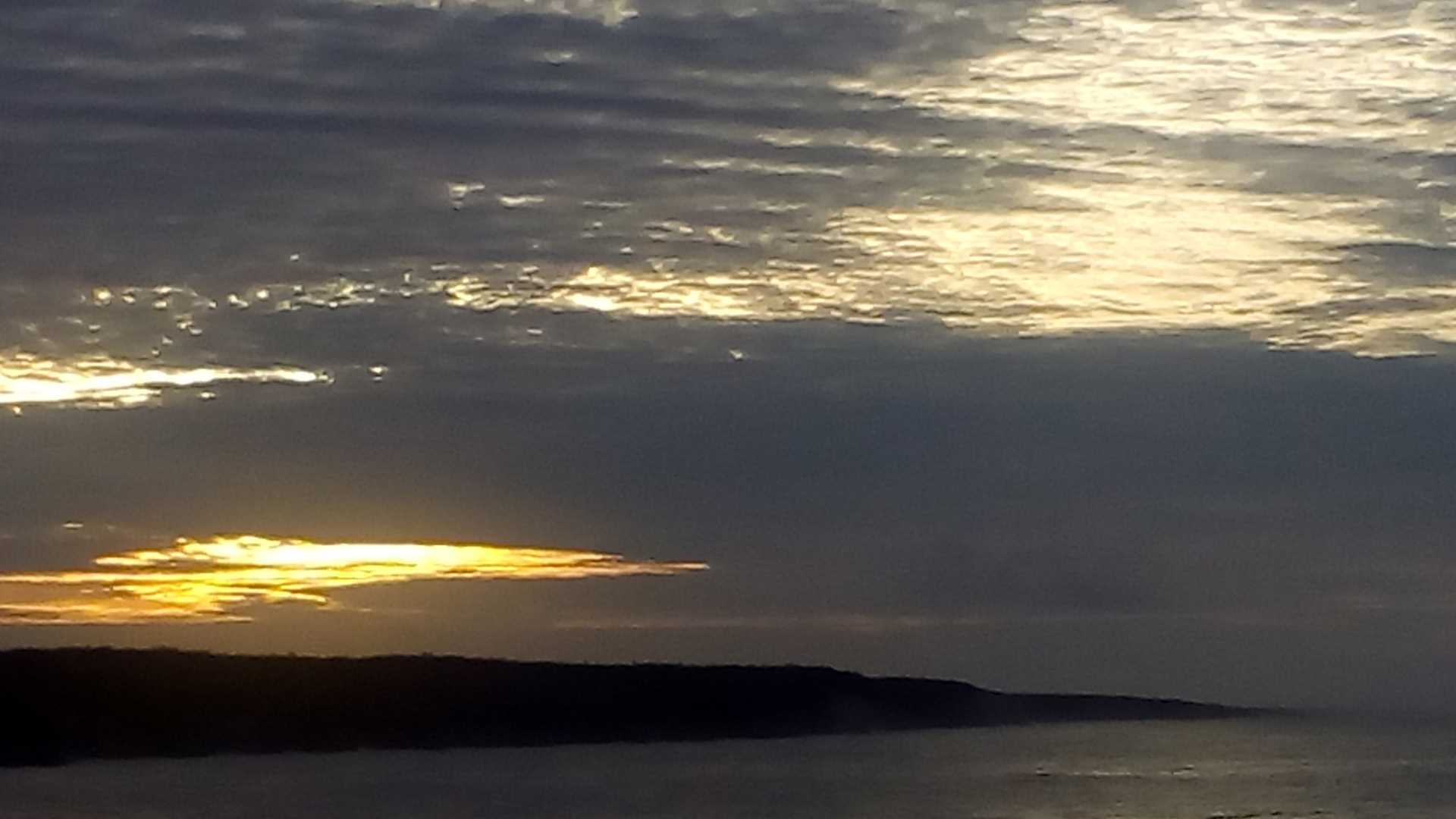We woke up with a beautiful sunrise at Santa Cruz Island, the center of the Galapagos Tourism. Around 20,000 residents live in the city of Puerto Ayora and in the highlands. Puerto Ayora is one of the most important visitor sites in the archipelago because is the home of the Charles Darwin Research Station, which together with the Galapagos National Service is the operation center for the Galápagos wildlife conservation programs.
The Tortoise Rearing Center is a place where one of the programs to protect tortoises from predators has been successful. Tortoises have been threatened to the point of extinction by several species of introduced mammals, as well as pirates and whalers during the 17th century. The tortoises’ eggs from different islands are collected and then incubated, and the hatchlings are raised for 6 or 7 years before then being repatriated to their native islands. The results of these two Institutions working together have been excellent: the National Park and Research Station have repatriated at least 2,500 tortoises to the island of Española.
We also had the opportunity to see the remains of Longsome George, the last surviving member of the Pinta Island species. Sadly, he died in 2012, but his remains have been beautifully preserved by expert taxidermists in New York, and he was recently returned to the Galapagos to be displayed for future generations of visitors to see.
After our visit to the Research Station, we headed up into the highlands of this Island to a local farm known as El Trapiche, where we were treated to a demonstration of how to produce liqueur from sugarcane, and how Galápagos coffee is cultivated and harvested. Afterwards we had our lunch at the Aquelarre Restaurant. The scenery will continuously change as we ascend through different vegetation zones.
In the afternoon, we moved with our bus to the tortoise reserve known as El Chato II to see giant tortoises in the wild. This is considered to be one of the best places to search for them, as it is located on their migratory route. Our guests are overwhelmed to see these unique, antediluvian creatures from which the islands obtained their name—the symbol of the Galápagos Islands.







